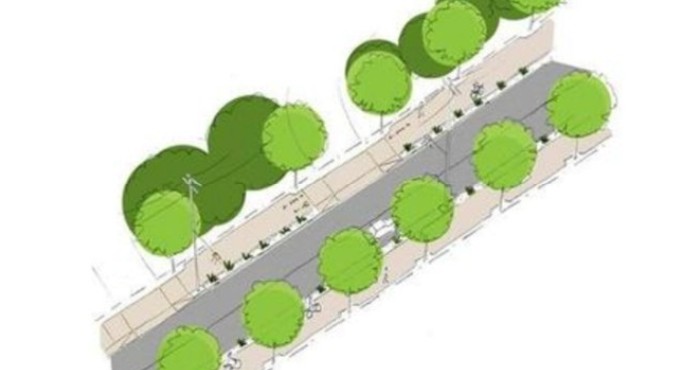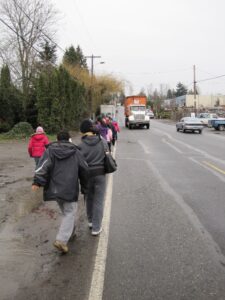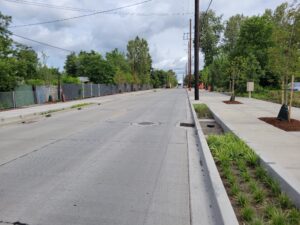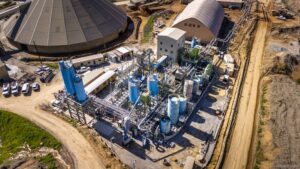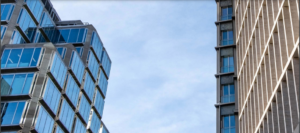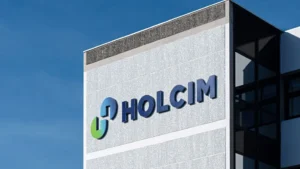New Road, New Ways: A Safer, Stronger 47th Avenue
Once one of Portland’s most deteriorated stretches of roadway, NE 47th Avenue—from north of Columbia Boulevard to south of Cornfoot Road—has been fully reconstructed into a safer, more resilient corridor. Thanks to the Portland Bureau of Transportation (PBOT), the roadway now features durable portland cement concrete pavement and modern infrastructure designed to serve everyone.
Safe Access to Cully neighborhood
Now, those unsafe conditions are a thing of the past.
This image depicts children dangerously walking to school and local parks with their parents along a fog line.
A Model for Future Streets
This project proves that investing in strong infrastructure benefits everyone. The reconstruction of NE 47th Avenue is more than a simple road project—it’s a model for Portland’s future. The design reflects the city’s commitment to Vision Zero, the goal of eliminating traffic deaths and serious injuries, while also advancing climate action and reducing long-term maintenance costs through the use of concrete. By combining durable infrastructure with safe, multimodal access, the project demonstrates how transportation investments can support both neighborhood equity and environmental responsibility.
An illustration of the NE 47th design, featuring sidewalks, bike lanes, trees, and a durable concrete roadway.
Project Features
The improvements along NE 47th include 2,500 feet of new pavement made of 10-inch-thick Portland cement concrete, a material chosen for its strength and longevity on heavy freight routes. The two-lane roadway, with lane widths ranging from 12 to 13 feet, is complemented by multi-use paths and bike-dedicated lanes on both sides. In addition, PBOT extended both the stormwater and sanitary sewer systems, replaced a century-old cast iron water main with modern ductile iron, and installed new streetlights to improve safety and visibility at night.
Why does it matter?
Concrete paving provides long-term durability, reduced maintenance costs, and greater sustainability compared to traditional asphalt. While the initial investment can be slightly higher, the savings over time—especially on freight corridors like NE 47th Avenue—are significant. As Corky Collier, Executive Director of the Columbia Corridor Association, noted:
“The NE 47th project manager knew that using concrete on NE 47th would slightly increase his project costs but ultimately save significant future expenses, particularly for a heavy freight route.”
— Corky Collier, Executive Director, Columbia Corridor Association
Looking Ahead
The NE 47th Avenue improvements showcase Portland’s dedication to building streets that serve everyone—whether they walk, bike, roll, drive, or rely on freight. By aligning with citywide goals for safety, climate resilience, and equity, the project sets a standard for how streets can be rebuilt to meet both today’s needs and tomorrow’s challenges..
Environmental Attributes

